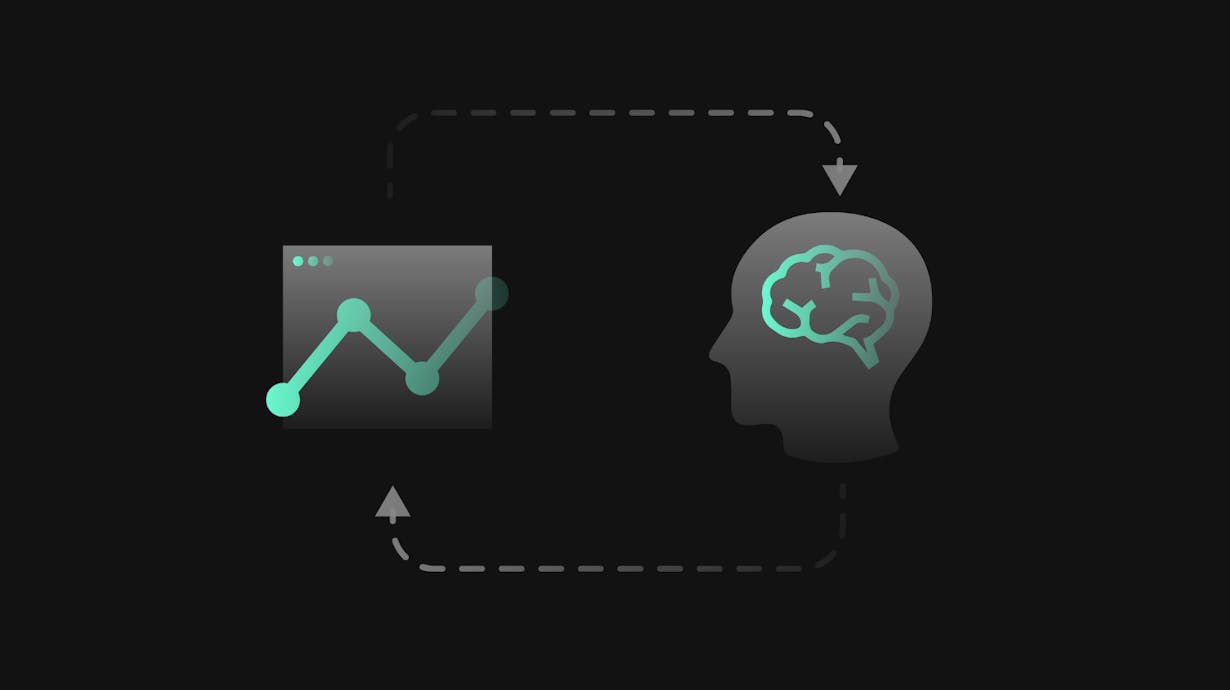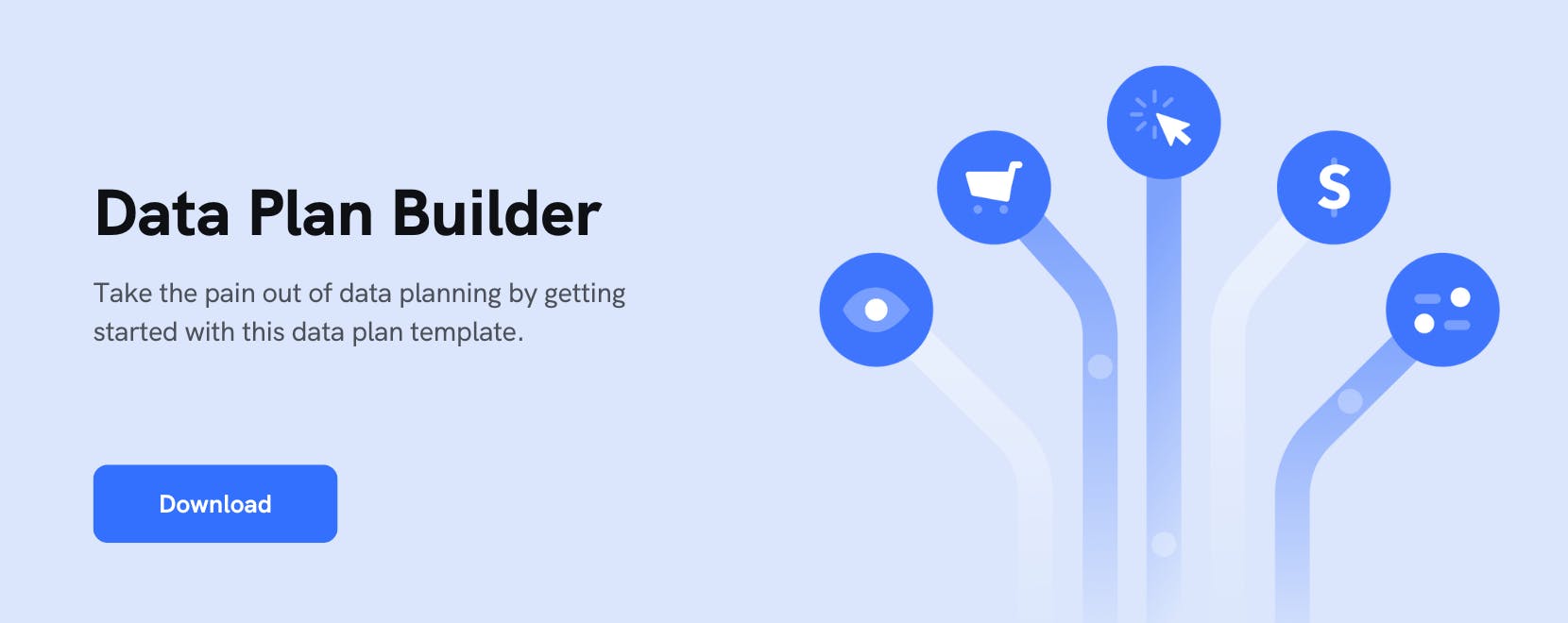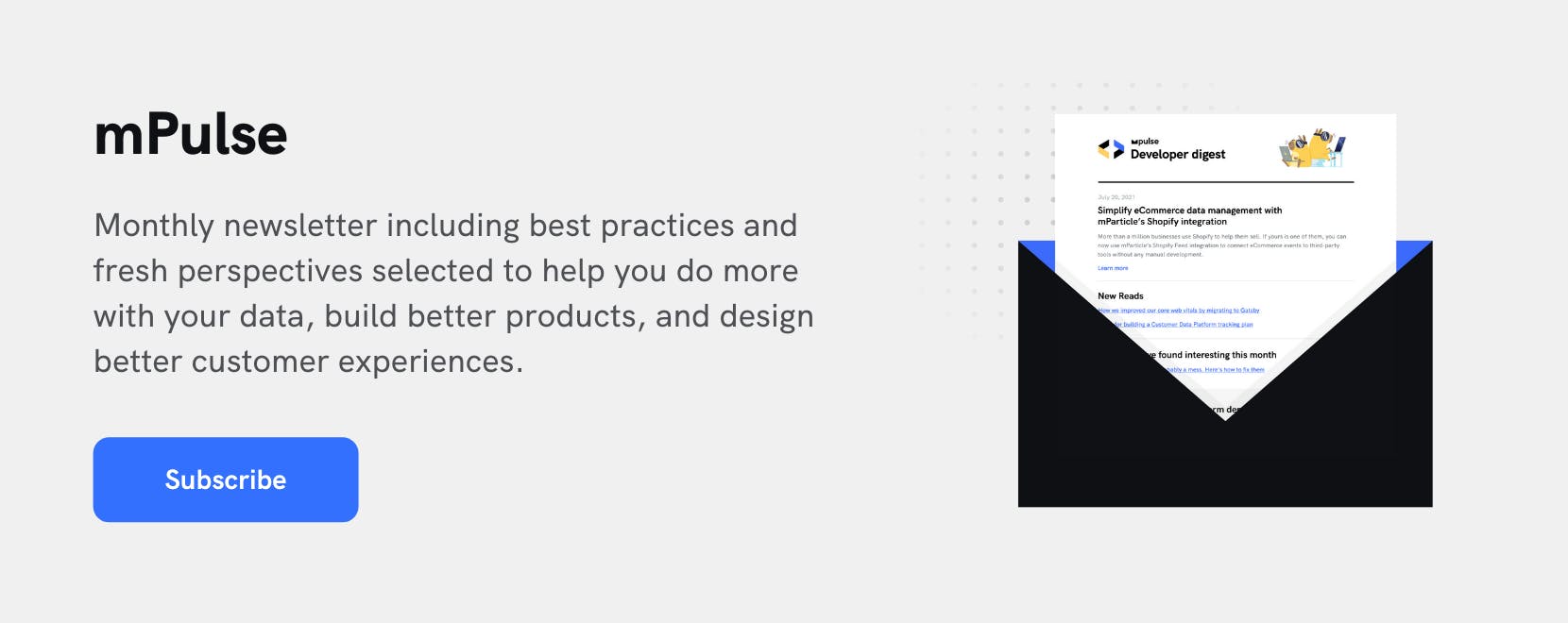Data-informed Decision Making: What does it mean, and should you be doing it?
Like data-driven decision making, being data-informed entails relying heavily on raw, measurable information to guide an organization’s direction. Data-informed strategies leave more room for opinions and past experiences, however, and recognize the limitations of using data alone to make every decision.

Nearly all of the actions we perform on a daily basis are based on data. When you drive your car on the highway, you know how to change lanes and make turns based on observing the vehicles and road around you. When you buy a house, you don’t blindly make an offer without considering a variety of factors like the neighborhood, property value trends, local schools, and the need for upcoming repairs. Practically all of our behaviors and decisions in life, no matter how big or small, are based on data to some degree––whether that data comes in the form of sensory input, or through a more methodical process of research and analysis.
Brands are not unlike individuals in this regard. There are very few if any decisions that companies make that do not involve collecting and reviewing some form of data. Especially now, as customer journeys have turned into elaborate and sprawling processes spanning numerous channels, devices and platforms, brands are inundated with more customer data than ever before.
And while collecting this data is no small feat, the more challenging step as a marketer or product manager is deciding how best to use the data you’ve amassed, and figuring out what role this information should have in steering the ship of their business. Given how much time we spend thinking about how to collect and analyze data these days, it almost seems unfair that often, data alone is not enough to make the correct decision.. Nearly all business decisions are fraught with ambiguity, and for a decision making process to be successful, data and intuition need to live side-by-side.
What is “data-driven” decision making?
Data-driven decision making refers to the process of basing business decisions––both internal policies and broad strategic direction––solely on observable data. It entails building cross-organizational processes by which data is collected, then extracting patterns and meaning to use as the foundation of organizational decision making. In all cases in which data is available to inform a course of action, it is prioritized over intuition, personal experiences, and opinions, as these inputs are seen to be a source of inherent bias and a detriment to sound judgement.
While data-driven decision making as a business concept predates internet-connected technologies, its rise in popularity coincided with the emergence of “big data” in the early 2000s. Beginning at this time, consumer interactions across email, web, and other digital touchpoints began to generate customer data on an unprecedented scale, and companies were overwhelmed with new streams of information with which to inform their customer interactions.
As the amount of available data increased, so too did its value in the minds of business leaders who looked to quantitative information as a panacea for all problems that faced their enterprises. While every organization has its own procedures for taking a data-driven approach to decision making, generally speaking, a typical process involves these steps:
- Articulate your objective:
What is the business problem you’re trying to solve by gathering this information? Being as specific as possible in defining the problem can often help later steps of this process. For example, “Delivering push notifications will increase app downloads” is too broad and vague. It will be difficult to prove a correlation between the strategies you test and a simple increase or decrease in app downloads. A more specific goal like “Delivering a push notification on Sundays will increase adoption of our app’s internal chat feature by 10% among people in Los Angeles aged 25-33 who have attended more than three concerts in the past year” is much more specific and actionable. - Define your data sources:
Next, you need to pinpoint the sources from which you will be collecting your customer data, such as your company’s websites, mobile apps, point of sale systems, pre existing customer databases, etc. To ensure that your data gives you as complete and accurate a picture of your customers, it is best to collect data from as many different touchpoints as possible. - Outline a data collection strategy:
Now it’s time to determine how you will collect your data from the sources you have identified. Which tools will you use to extract your data points on different devices? Where will the data go once it has been collected? To what extent can you allocate engineering resources to solving these problems? With so many tools and solutions available to add into your data stack, it is worth considering how having a centralized hub in your data stack like a Customer Data Platform can help you address all of this issues, as well as other important needs like data quality, compliance with data regulation laws, and more. - Connect the dots and analyze your data:
With your objective defined, your tracking implemented, and your data now flowing in from various sources, it’s time to drill into the raw information to find the insights that will help you make the right decisions. In most cases, you will want to leverage data analytics tools to do this. With an infrastructure Customer Data Platform, it is easy to connect the data you collected to the right tool for generating insights, whether you are conducting A/B testing, looking at attribution models, examining user analytics, - Act and evaluate results:
With the raw data now at your fingertips, you can make decisions about your product, messaging, or whatever initially led you to collect this information in the first place. Once you have implemented your decision, however, it is crucial that you perform follow-up analysis on it to see whether you achieved the desired results. If not, you need to ask yourself questions lile: Were we measuring the right variables and collecting the right data? Was there a problem with the quality of the data we collected? How will we change this process to ensure a more positive outcome in the future?
What are the pitfalls of a data-driven approach?
Using observable facts as the basis of your company’s decision making is the cornerstone of any sound strategy. Though it's always a good idea to have data at the heart of every decision you make, data always need to be understood in the context of the problem you’re trying to solve. Furthermore, there are several pitfalls that are easy to succumb to when raw facts and numbers alone determine your decisions, and human intuition falls by the wayside.
The most successful approaches to decision making often blend human intuition with data. There are many benefits to be realized when teams recognize the value of bringing experiences, opinions and “gut feelings” to bear when determining the right course of action. For one, the human brain has access to a lifetime of related experiences and observations on human behavior, which is a much more nuanced data set than any analytical model can ever process. For this reason, human beings are more adept at synthesizing tangential information, anticipating anomalies and outliers, and coming up with creative paths and solutions that data models often miss. Empirical data points, no matter how reliable they may be, only reflect the finite set of inputs used to generate them. Finding the right balance between intuition and data is easier said than done, however. A useful technique for accomplishing this is to keep in mind common pitfalls of making decisions based on data alone.
One of the most common traps is mistaking correlation with causation. The fact that a change in the variable A occurs at the same time as outcome B does not mean that variable A caused outcome B. For example, consider the following scenario. A grocery delivery company deploys a new layout on its website homepage, then immediately sees an uptick in customers signing up for their service. The company’s marketing team assumes that the new layout is generating this increase, since the new homepage features the call to action “Sign up now for free delivery!” in prominent text. In fact, however, the sign-ups are actually the result of an uptick in search engine traffic rather than a change in on-site behavior, since the CTA text is now in an <h1> tag rather than a <button>. This caused the webpage to rank higher in searches for “free grocery delivery,” and an increase in high-intent customers visiting the website.
By incorrectly attributing the cause of their success to a layout change, this company is likely to base future web design decisions on the flawed assumption that more prominent text drives sales. Furthermore, by missing the real insight gained from their test, they may miss out on an opportunity to optimize their SEO. To avoid this pitfall of simply following the data, teams need to always ask themselves whether they have truly tested every variable that could potentially contribute to the outcome they observed. If not, further investigation and data collection is necessary.
Another unintended outcome of overly rigidly data-driven strategies is that they tend to stunt creative thinking and, ironically, limit the potential for growth. The most revolutionary product innovations of the recent past that have reshaped the way we live––the iPhone, video streaming, and social networking, to name a few––all started as blue-sky ideas with no precedent or data to attest to their potential for success. If your team insists on seeing robust, gold-standard before greenlighting any idea or releasing any product, the extent of future success may never exceed that of the past. Of course, embracing unnecessary risk is not always a good idea, and the worst case scenario of taking any risk should never come with unmanageable consequences. Nevertheless, pushing the boundaries and experiencing true growth often means setting data aside for a moment.
Data-informed decision making blends the best of both worlds
Data-informed decision making as a strategy can help teams avoid these and other potential shortcomings of letting data alone guide your course. As this article in Harvard Business Review attests, successful organizations encourage high levels of data literacy to ensure they reap the benefits of both data-driven insights, and the intuition and creativity that only human experience can bring to the table.





